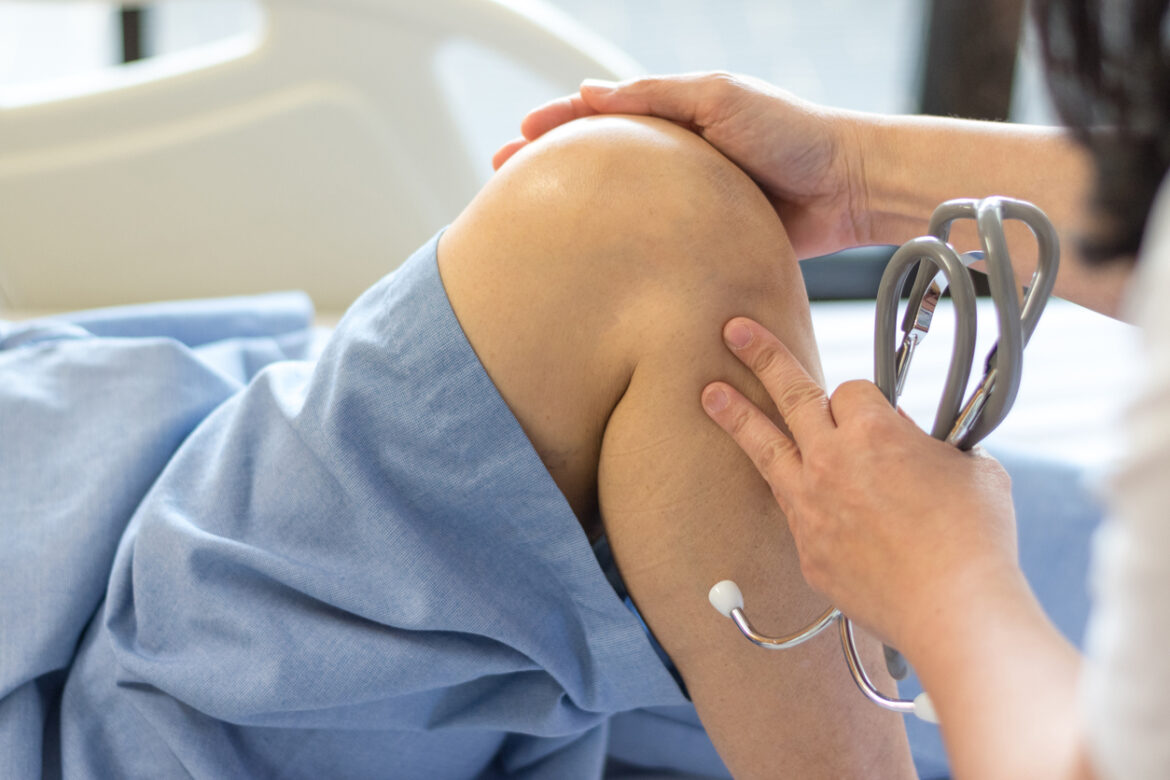Knee arthroscopy is a minimally invasive surgical procedure that Dr. Ronald Hess West Chester uses to diagnose and treat various knee injuries. Unlike open surgery, patients experience less pain and a lower risk of complications, including infection. The procedure also requires less recovery time since it involves small incisions.
Preparing for knee arthroscopy
Like any surgical procedure, you will have a consultation with your healthcare provider before the process. During the initial consultation, your doctor reviews the medications you are taking and may ask you to discontinue the use of certain drugs and supplements. Here is also when you learn about what the procedure involves and ask your doctor any questions you may have regarding knee arthroscopy. You also get to understand the risks and benefits of the procedure; this will help you make an informed decision.
Before knee arthroscopy
Knee arthroscopy can take place in a hospital or a surgery clinic. Before the procedure, your specialist will give you anesthesia so that you don’t feel any pain during surgery. Depending on your health and preference, they may use local, regional, or general anesthesia. Local anesthesia numbs the area, while regional anesthesia makes you numb from the waist down. If given general anesthesia, you will be unconscious during the procedure, meaning you will have no memory of what occurred.
During knee arthroscopy
First, your provider cleans your leg and secures your knee in a stabilizing device. They then make a small incision in your knee and insert an arthroscope – a long metal tool with a camera at the end. Images from the camera appear on a monitor, helping your doctor to diagnose any injuries and guide the procedure. If your surgeon needs to remove or repair any damaged tissue, they will make another incision and insert tiny tools.
What happens after knee arthroscopy?
Arthroscopic surgeries are outpatient procedures, meaning most people go home the same day. However, sometimes you may need to stay at the hospital for like a day after knee arthroscopy. Once you are ready to go home, you will have someone to drive you since your knee won’t be strong enough to drive. Below are things to do during the first few days of your recovery.
- Elevate your knee. Try to keep your knee elevated to reduce swelling and relieve pain when resting. You can use pillows to raise your knee above your heart.
- Stay off your feet. Avoid putting weight on your feet for a few days since this may worsen pain and delay healing. Use crutches or a walker to help you get around without straining your knee.
- Keep your incisions covered. Keep the area clean; do not remove the bandage covering your knee. Your healthcare provider will tell you when to remove the dressing or take a bath after the procedure.
- Take pain medication. It is normal to feel some pain and discomfort after knee arthroscopy. Your doctor may prescribe pain medications or recommend over-the-counter non-steroidal anti-inflammatory drugs to help you relieve pain. Your doctor may also recommend medicines to prevent blood clots or alleviate the swelling.
If you have further questions about knee arthroscopy, consult your Beacon Orthopedics & Sports Medicine doctor.



